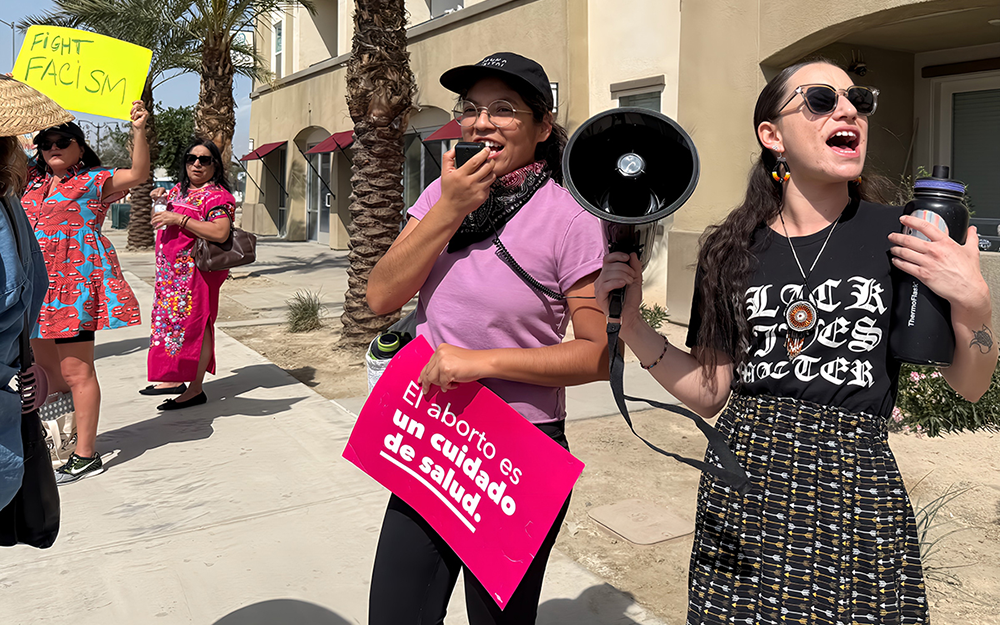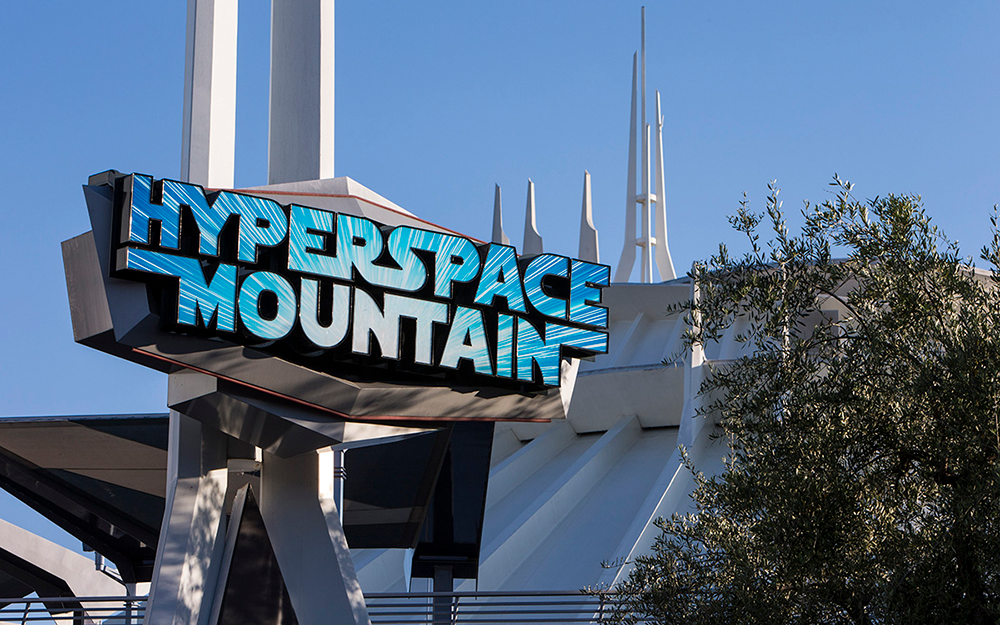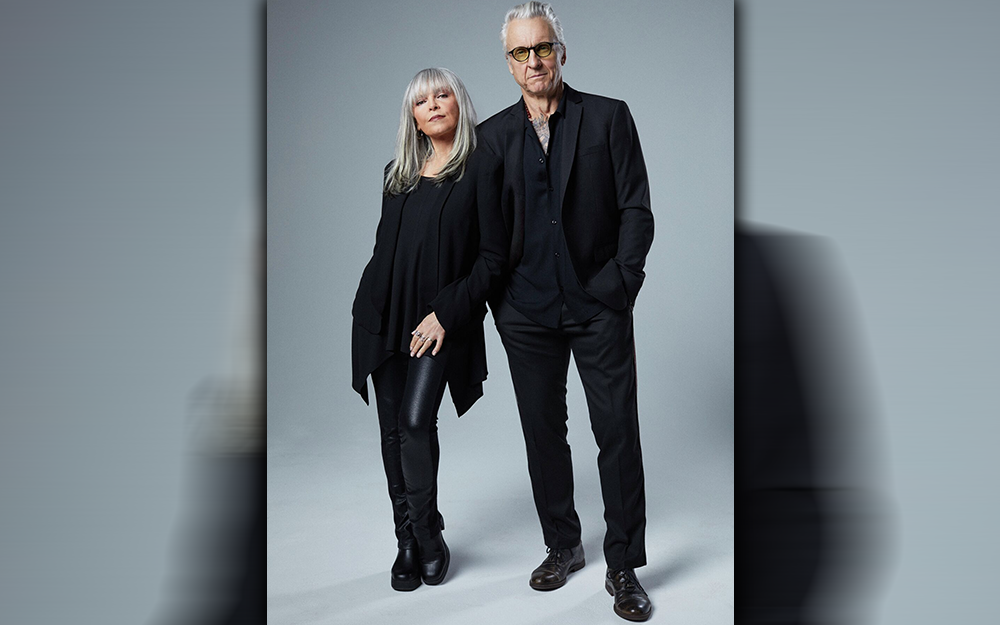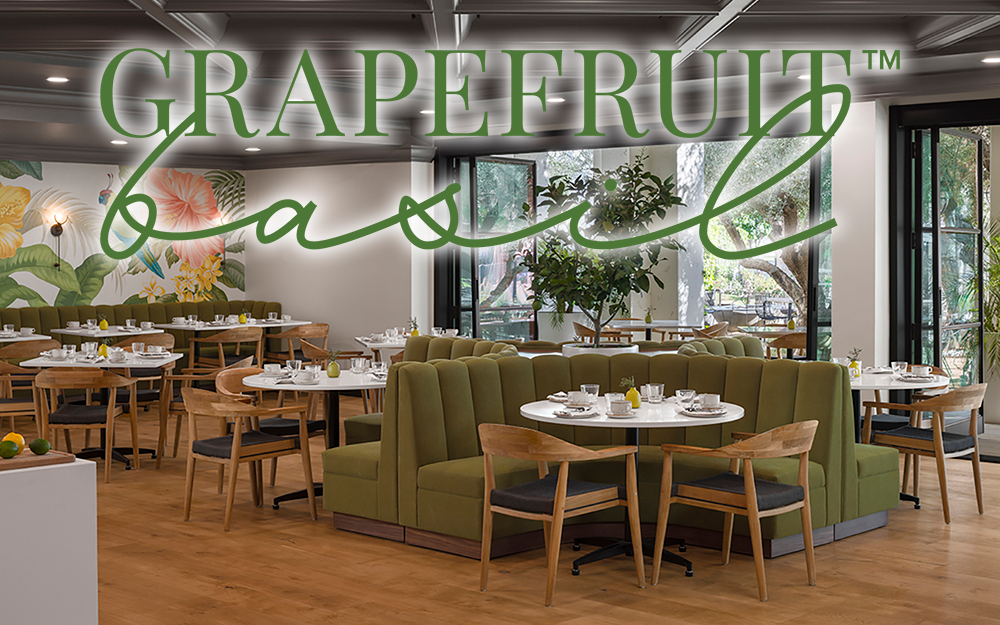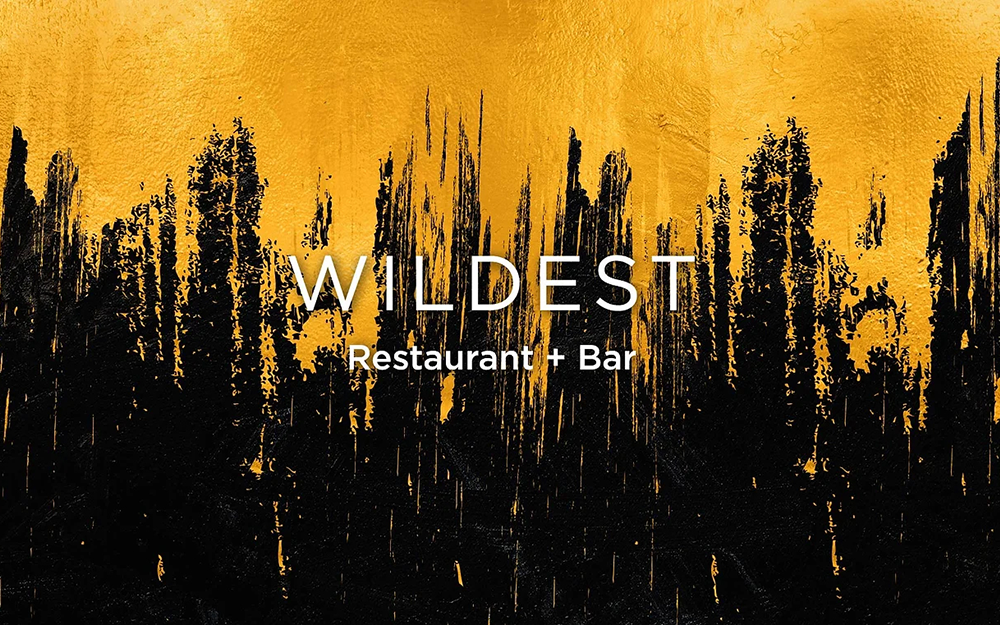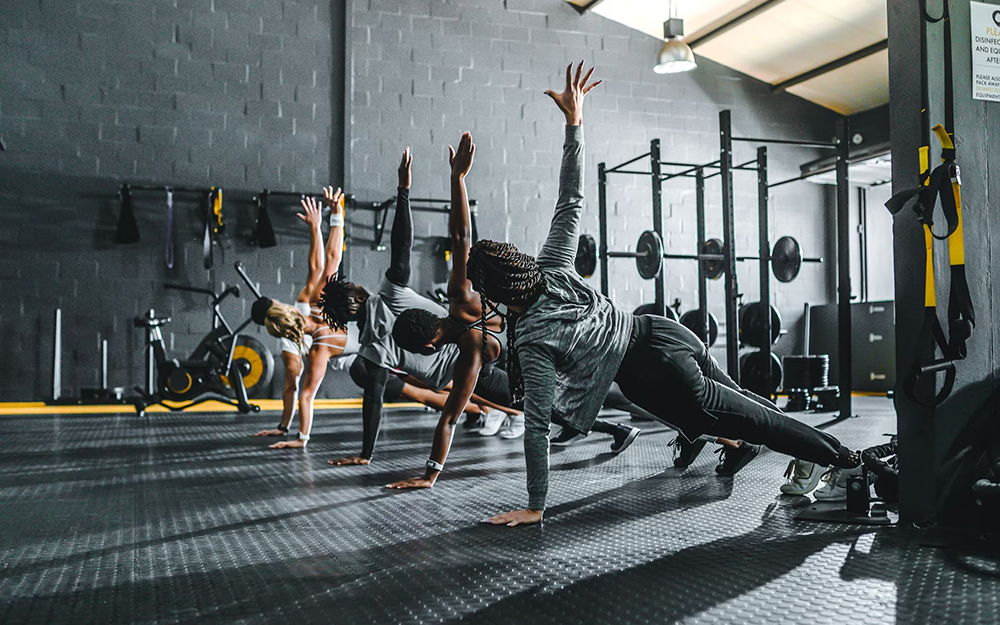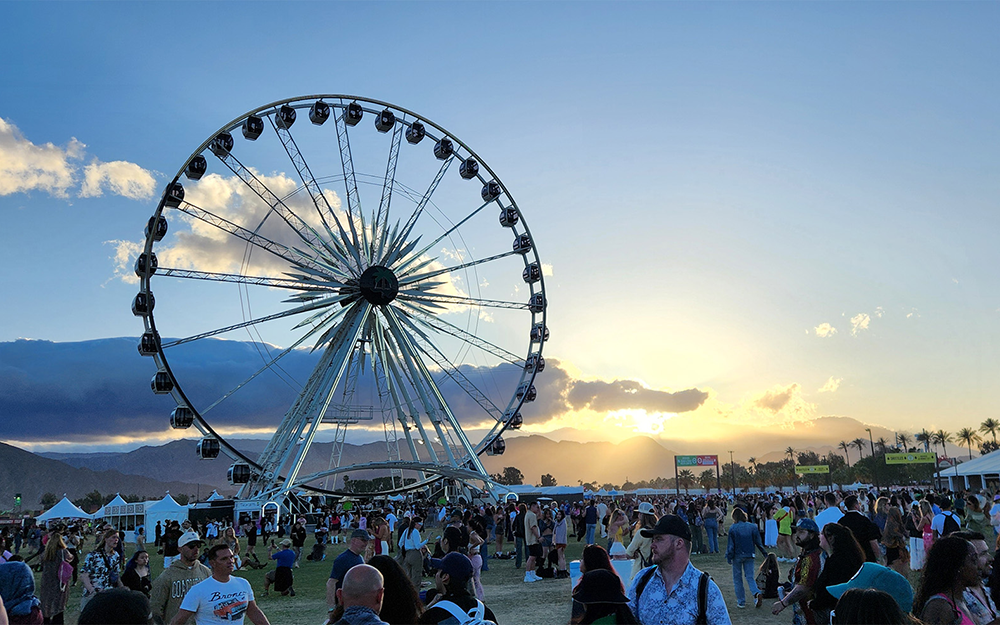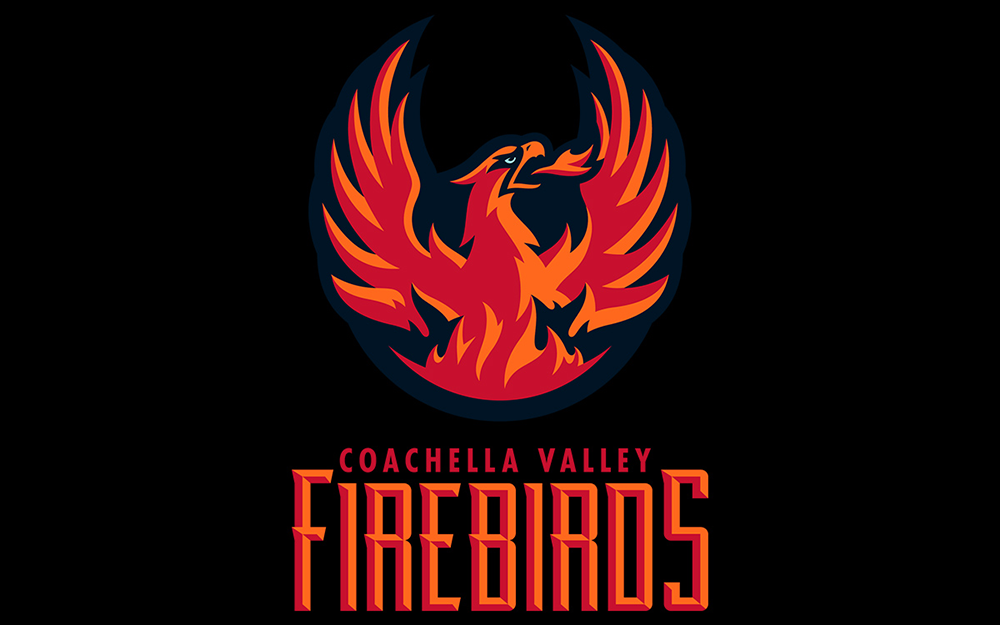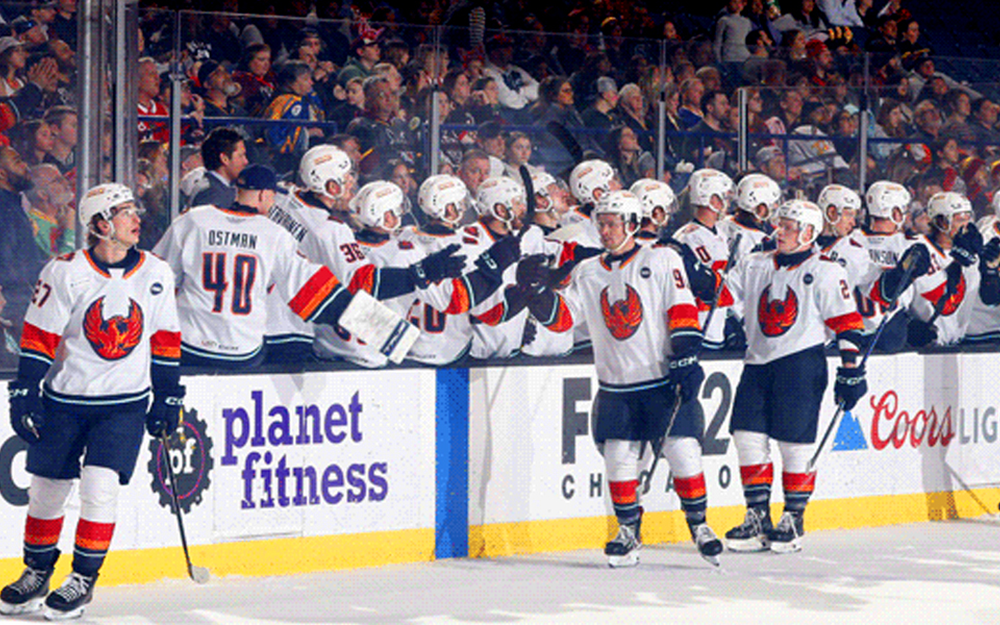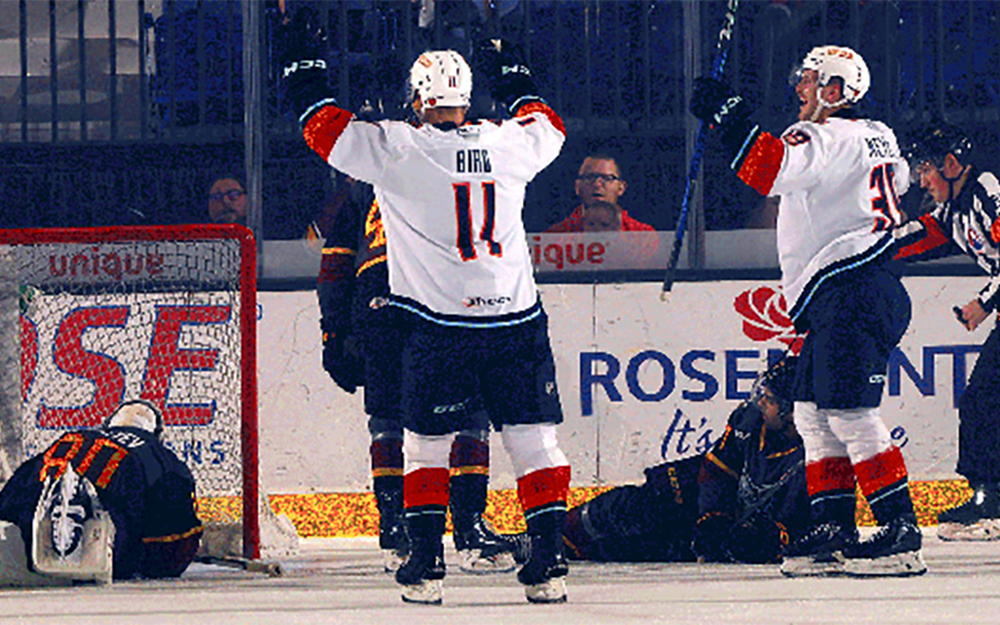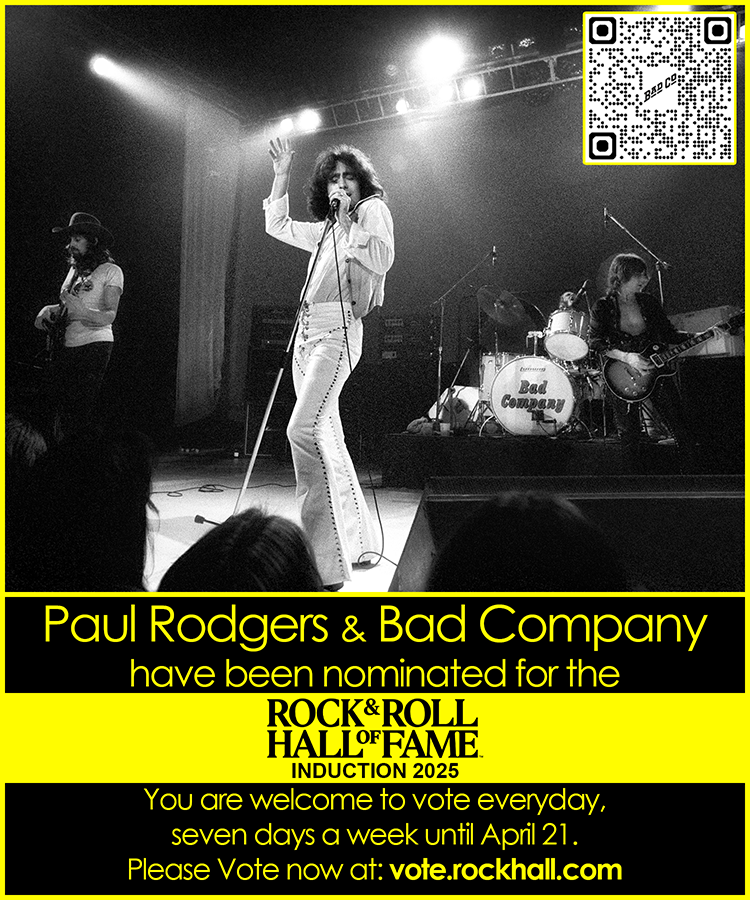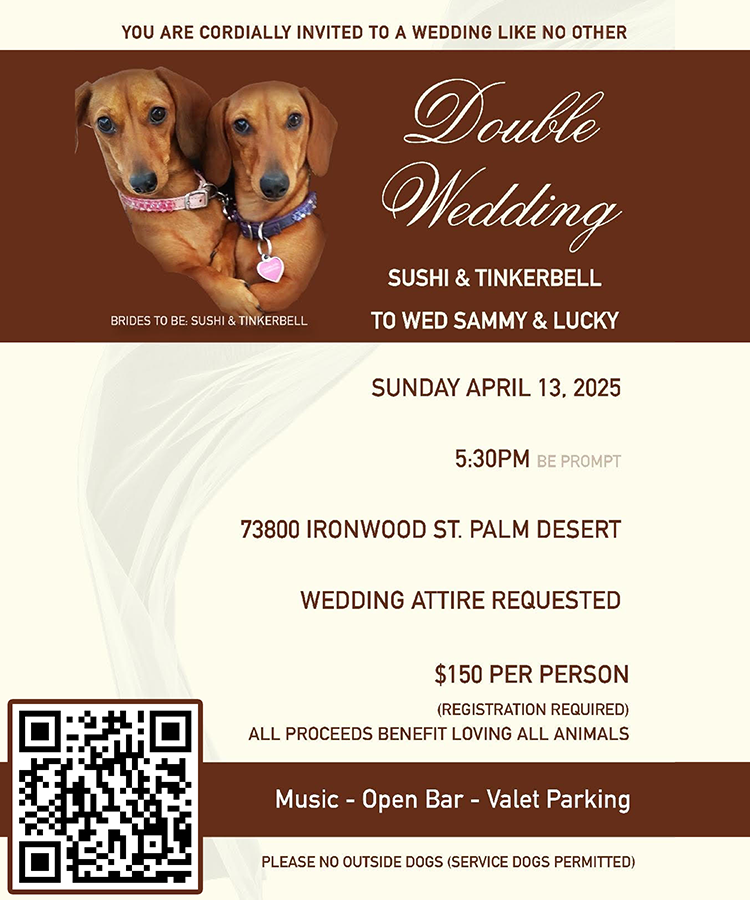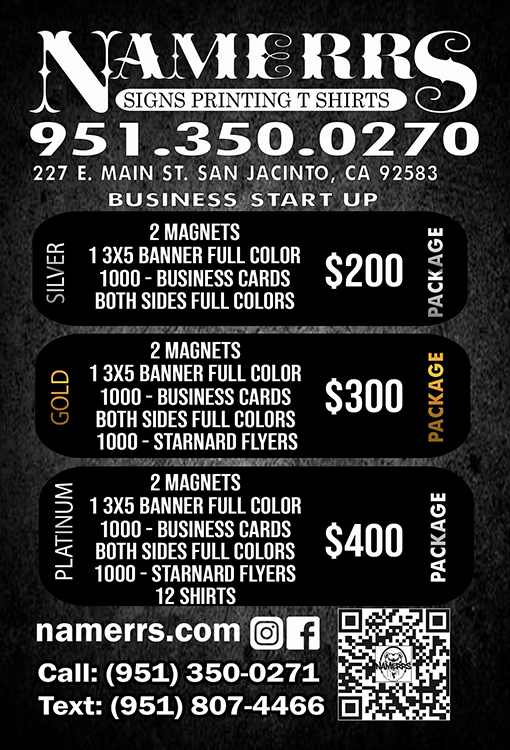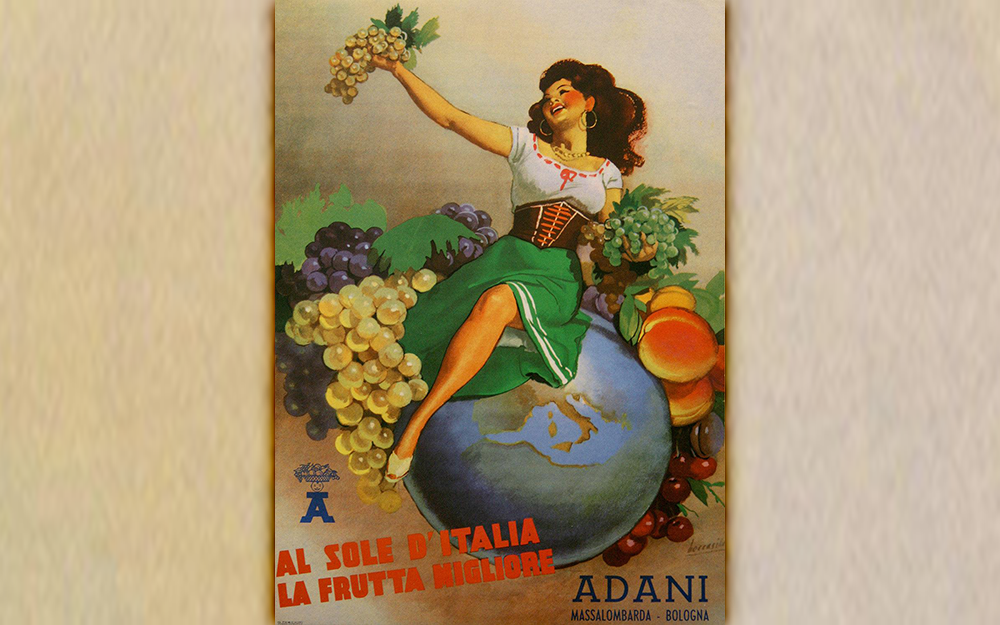
By Rick Riozza
In the midst of a long and very hot summer here in the desert, we are going to leave our seasonal popular Italian red article to a later time and offer our readers a quick look of what Italy has going for it when it comes to elegant refreshing sparkling wine.
Italy’s fantastic Franciacorta wine quite surprises the staunch French Champagne lover as it always rivals Champagne as to quality and flavor, and sells for so much less.
This wine region in Lombardy, is only about an hour’s drive east of Milano, making it a good day trip and a great stopover on the way to another Italian destination. The area’s rolling hills surround the south of Lake Iseo and offer some scenic splendor alongside the easy drive to many of the close wineries, restaurants, and hotels.
We’ll recommend some great deals below. For those so interested and /or you nerdy types, here is a quick study of the bubbly:
Franciacorta is made with Chardonnay, Pinot Nero and Pinot Bianco, with up to 50% of this latter allowed. However a new grape, Erbamat, has recently been in the mix: It’s known for late ripening and is high in acidity. “They” are saying that this addition keeps the wine fresh, in view of climate change. We’ll see how that explanation goes in the next few years—stay tuned to that one.
Maximum yields allowed in Franciacorta vineyards are 10 tons of grapes per hectare. The harvest must be done by hand and generally takes place from the first ten days of August to the first ten days of September, depending on the vintage.
The sparkling wine is made using the traditional method, the same as for Champagne, with the secondary fermentation taking place in the bottle. Contrastingly, Prosecco is made using the Charmat or Marinotti method, where the secondary fermentation takes place in stainless steel tanks before bottling—i.e., shooting CO2 gas into the process.
That fact brings us to the usual explanation: Franciacorta, Champagne and Cava are all classic method wines produced in different countries, respectively Italy, France and Spain; and, their main difference is the length of the second fermentation, the wine fermenting on its own lees. Franciacorta has a minimum of 18 months, Champagne a minimum of 12 and Cava 9 months for Non-Vintage wines. The longer the second fermentation, the better, the more elegant, with a softer bubble, is the wine—that’s why we find the Franciacorta fabulous!
Franciacorta can be non-vintage and Vintage /Millesimato; in these two cases all grapes used must be from the vintage on the label. Franciacorta can also be Rosé with at least 35% of Pinot Nero, Satèn is the Blanc de blancs with only the use of Chardonnay and Pinot Bianco permitted and Riserva, fermented for at least 5 years or 60 months on its own lees.
And now: some fantastic Franciacorta for your fancy:
Berlucchi NV Cuvée Imperiale Brut Franciacorta ($35) Easy and nice light aromas of melon, white peach and almond skin. This polished sparkler shows green apple, pear, citrus, brioche, toast, and almonds that delivers nice acidity and long persistence of fine bubbles.
Berlucchi ’61 Rosé Brut Franciacorta DOCG ($40). This is a non-vintage sparkler made from 70% Pinot Noir and 30% Chardonnay. A few hours’ maceration of the Pinot Noir on the skins—rosé maceration, to emphasize the aromas and hue of the grape give this wine a wonderful palate. 12.5% ABV.
We love this wine a bunch! The bubbly is bright, savory, and refreshing with aromas of juicy raspberry, wild cherry, baking spice and a whiff of bread crust. The palate is full of fresh red fruits with a tangy candied nectarine note closes the finish. Exceptional acidity and full-bodied. What else can you ask for with this premium sparkler at the price?
It’s perfect as an aperitif; it will pair well with a summer platter of cold meats and charcuterie, full-flavor first courses, and matured cheeses. Delish!
Abrami Elisabetta NV Franciacorta Brut ($25) 91 Points.
Pale straw with golden tinges. Fruity notes of apple and nectarine are complemented by white flowers and hints of vanilla. Bright and savory on entry, then more fruity in the middle with hints of white peach and jasmine. The slightly creamy finish features a repeating savoriness and medium acidity. Lovely entry-level Francicorta.
Villa Crespia NV Brolese Extra Brut Rosé $33, 93 points. Made with Chardonnay and Pinot Nero, this offers delicate scents of wildflowers, orchard fruit and a whiff of baking spice. Racy, linear and refreshing, the crisp dry palate delivers Rennet apple, nectarine and a hint of ginger, while a graphite note adds depth. It’s elegant, with small, continuous bubbles.
Ferghettina 2019 Brut Rosé ($63) 92 Points Savory and vibrant, this bright polished sparkler delivers aromas and flavors of red cherry, crushed raspberry, Rennet apple, tangy nectarine and bread crust. Refreshing acidity and a lively, refined bubbles lift the finish.
2019 Bellavista Satèn ($54) 91 Points. Enticing scents of white spring blossoms and yellow stone fruit waft out of the glass. The bright creamy palate delivers Golden Delicious apple, juicy citrus zest, white almond and white peach flavors alongside elegant sparkles. Saluti!
Rick is your somm-about-town tasting at your favorite venues. You can reach him at winespectrum@aol.com.



